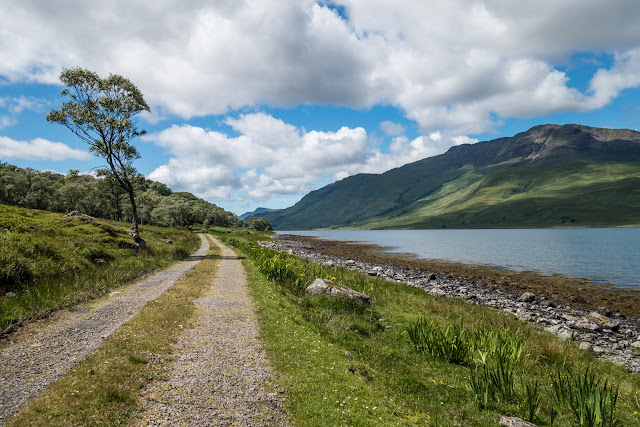Ingleton - the start of our Yorkshire holiday
Although we had visited many of the places around this area before, it was `many moons` ago - 12 years to be precise! So we were looking forward to this holiday, although the thought of the journey was a bit daunting. As it turned out, the journey was not as bad as anticipated and the A14 - M6 route was easy to follow.
Arriving in Ingleton, we soon found our cottage and made ourselves at home. The weather had threatened us, but the week overall did not turn out too bad, enabling us to see most of what we had planned.
One of the things which first struck me was - rivers. Ingleton has the River Doe and the River Twiss meetinng to form the source of the River Greta, which passes under the viaduct and is itself a tributary of the River Lune!
Ingleton rivers
The story of the local railway is some what bizarre. It has two station!
It was originally planned in 1846 to form part of a main line route from London to Scotland, but fell victim to rivalry between railway companies. Completion was delayed until 1861, and it was only ever a rural branch line, serving the village of Ingleton and towns of Kirkby Lonsdale and Sedbergh. It closed to passengers in 1954 and was dismantled in 1967.
All that remains of the railway in the village is the landmark Ingleton Viaduct. A viaduct of 11 arches each 57 feet (17 m) wide, 800 feet (240 m) long with a maximum height of 80 feet (24 m) crossing the valley of the River Greta. The foundations of this had been laid in 1849 by the NWR, but it was left to the L&CR to build it from late 1858 to 18 May 1860. It was built with white sandstone from a Bentham quarry. The two Ingleton stations were at either end of the viaduct. Strange!
The area is very much a tourist area with caves and peaks and various trails to walk. so a beautiful place to be. Ingleton itself was small and pretty - I loved it (and the coffee shop - the Village Kitchen)
Arthur Conan Doyle was a regular visitor to the area apparently and was married locally, as his mother lived at nearby Masongill from 1882 to 1917.
Our car parked outside our cottage
The viaduct, looking at it from the main road into the vilage
Saint Mary's Church Ingleton - not the most attractive
The Church we see today dates only from 1886 but it is possible that there has been a place of worship on the site since the 12th century as the font dates back to Norman times – around 1150. The oldest remaining part of the present Church is the tower of 15th century perpendicular style.
In 1743 the Church was substantially rebuilt when the nave was replaced by an unattractive construction that was referred to as a “barn with mill windows”.
The Ingleton Parish Registers record that almost 450 people were buried inside the Church. Evidence of these burials emerged when over 300 skulls were discovered when the foundations for the present Church were excavated in the 1800s. Many of the memorial floor tablets from inside the old Church were preserved and now lie in parts of the churchyard.
On 18th May 1886 the foundation stone for the new Church was laid. It can be seen outside the Church underneath the East Window. Designed by Cornelius Sherlock of Liverpool and built by John Hewitson, a local builder, the Church is constructed from blue limestone from Skerwith quarry.
We happened to be near the viaduct when a parade of vintage tractors came along the road near us.
Another view over the village with a bridge over river and viaduct in top left corner. Whether you want to walk, cave, rock climb or just look, this is a magical area.










Comments